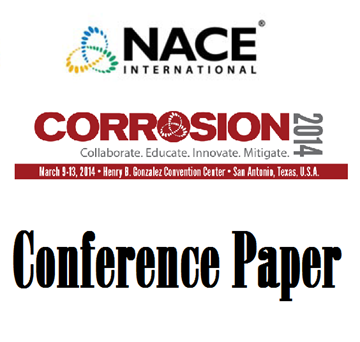Search
51314-3848-Correlating Flow Dynamics and Fluid Characteristics with Internal Corrosion Management in Pipelines
Also Purchased
51314-3834-Pipeline Integrity Management Through Internal Corrosion Monitoring
Product Number:
51314-3834-SG
ISBN:
3834 2014 CP
Publication Date:
2014
$0.00
51314-3723-Pipeline Corrosion Management; a Compendium
Product Number:
51314-3723-SG
ISBN:
3723 2014 CP
Publication Date:
2014
$0.00
51314-3846-Effects of crude oil on corrosion behavior of pipeline steel under co2 condition
Product Number:
51314-3846-SG
ISBN:
3846 2014 CP
Publication Date:
2014
$0.00




